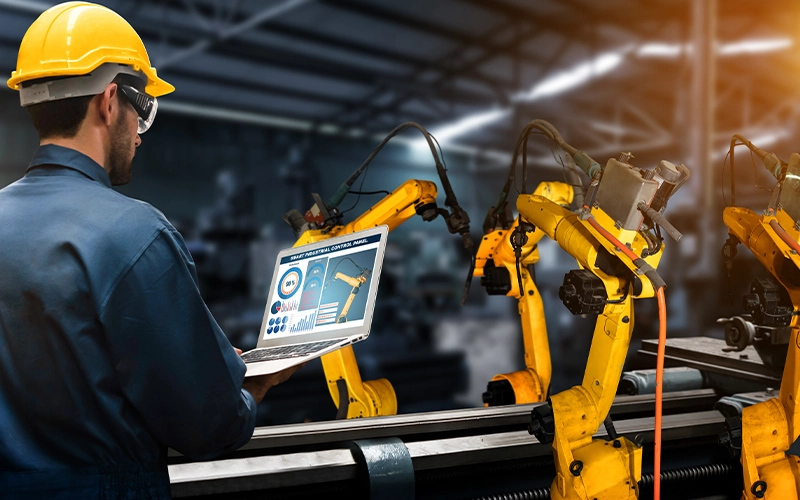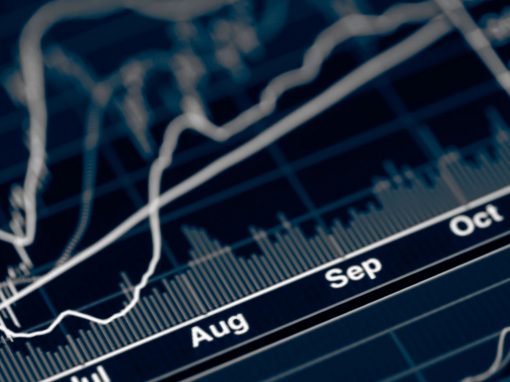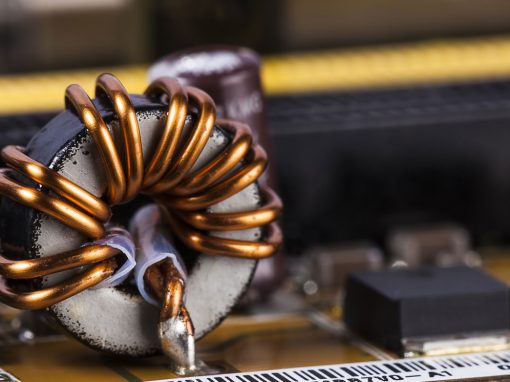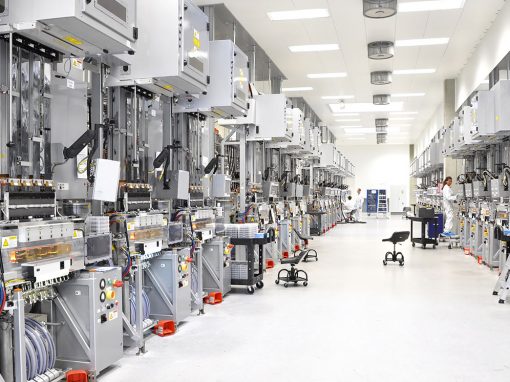Across the industrial automation and component supplier landscape, acquisitive players have pursued M&A since 2018, addressing sector trends that underpin the automation environment. Secular trends include the digitization of the plant environment and asset lifecycles, onshoring / re-shoring, software and hardware integration, and supply chain complexity.
Historically, several players pursued hardware M&A to complement portfolios, (e.g., Parker Hannifin’s acquisition of Exotic Metals Forming Company), however, more recently, players have prioritized software-oriented M&A to evolve business models, address the technology adoption curve, and expand end market coverage – Emerson’s recent acquisition of National Instruments illustrates the transition to an automation “pure play” while filling gaps in industrial software and expanding end market coverage via participation in electronic T&M. Similarly, Schneider Electric’s acquisition of Aveva bolstered industrial software capabilities by further integrating Aveva’s capabilities including digital twins for industrial systems, enabling a broadened customer solution.
Going forward, M&A in industrial automation is expected to continue as smart devices are adopted across plant environments, and players seek vertically integrated capabilities to address the full asset and plant “technology stack.” Moreover, growth of robotics, machine vision, and artificial intelligence will continue to drive sustained M&A activity as they seek higher growth opportunities.






